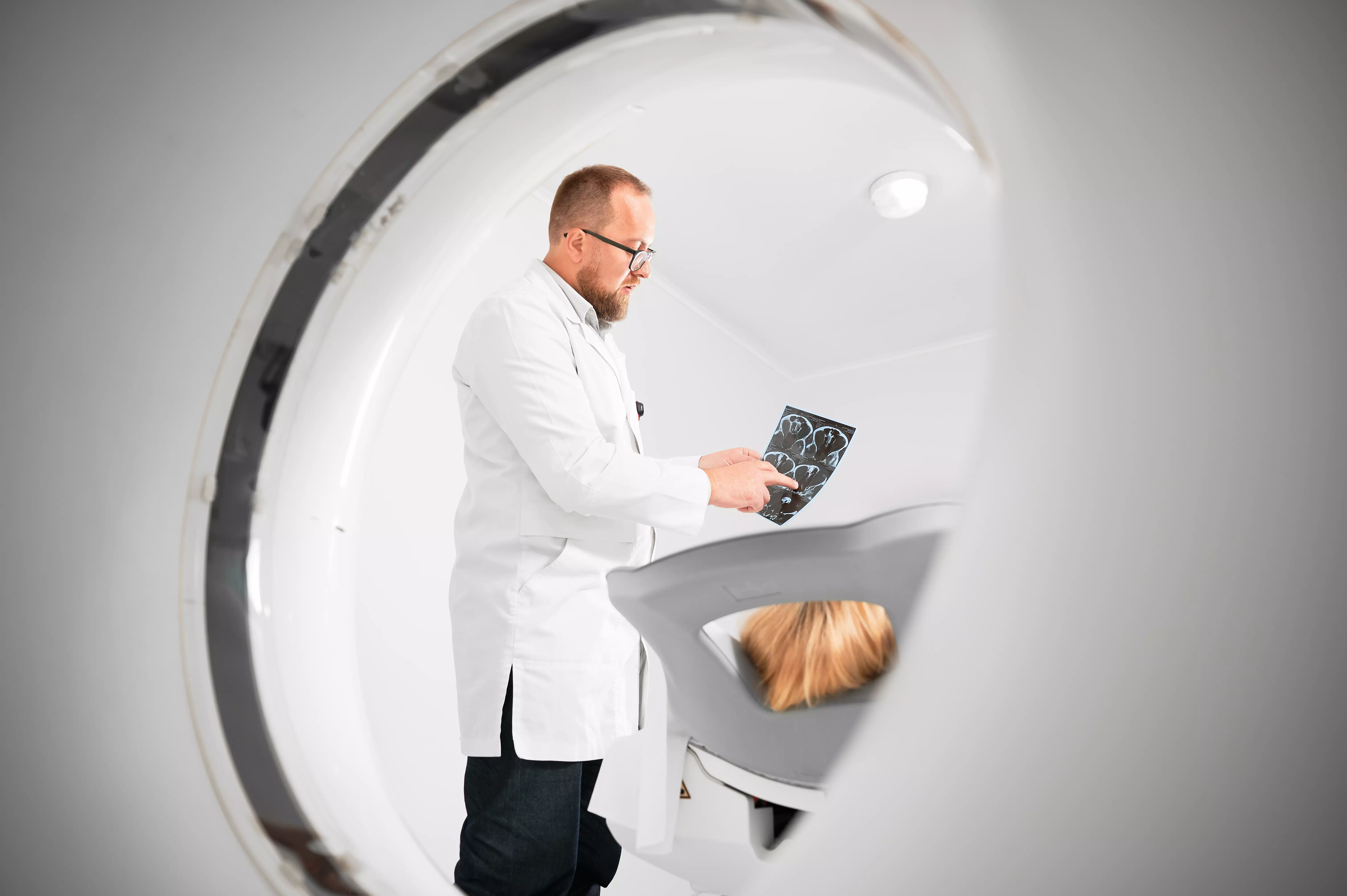IMRT (intense modulated radiation therapy) technology
Radiation therapy is one of the key components of modern cancer treatment. With advances in technology, many advanced radiotherapy techniques are being developed, one of which is intensive modulated radiotherapy, known as IMRT.
What is IMRT?
IMRT is an advanced form of radiotherapy that allows the radiation dose to be precisely tailored to the specific shape of the tumor. This is especially important in cases where the tumor surrounds or is close to sensitive anatomical structures that need protection.
With the IMRT technique, the X-rays are modulated, meaning that their intensity can be adjusted in different parts of the radiation field. This allows higher doses of radiation to be delivered to the tumor while minimizing exposure to healthy tissue.

How does IMRT work?
During IMRT, a radiation therapy planner uses CT images to create a 3D model of the tumor and adjacent tissues. Then, using special software, the radiation doses that will be delivered to various parts of the tumor and healthy tissues are determined.
The doses are delivered using a device called a linear gas pedal, which is equipped with a special radiation modulating device called a multilist collimator. This collimator consists of many metal leaves that can move to modulate the intensity of the radiation and adjust its shape to that of the tumor.
Benefits of IMRT
IMRT offers a number of benefits for cancer patients. First and foremost, it allows higher doses of radiation to be delivered to the tumor, increasing the effectiveness of treatment while protecting healthy tissue.
In addition, due to the precise shaping of the radiation, IMRT offers the possibility of treating tumors with unusual shapes and located close to sensitive anatomical structures. This technique can be used to treat many different types of cancer, including tumors of the brain, head and neck, breast, prostate or uterus.
Conclusions
IMRT is an important advancement in radiation therapy, enabling precise targeting of radiation to the tumor and minimizing exposure to healthy tissue. It is an extremely valuable tool in the hands of radiation oncologists, giving cancer patients new options in their fight against the disease. The final decision to use this method should always be made on the basis of the patient's individual situation, after a thorough analysis of the benefits and risks of treatment.
